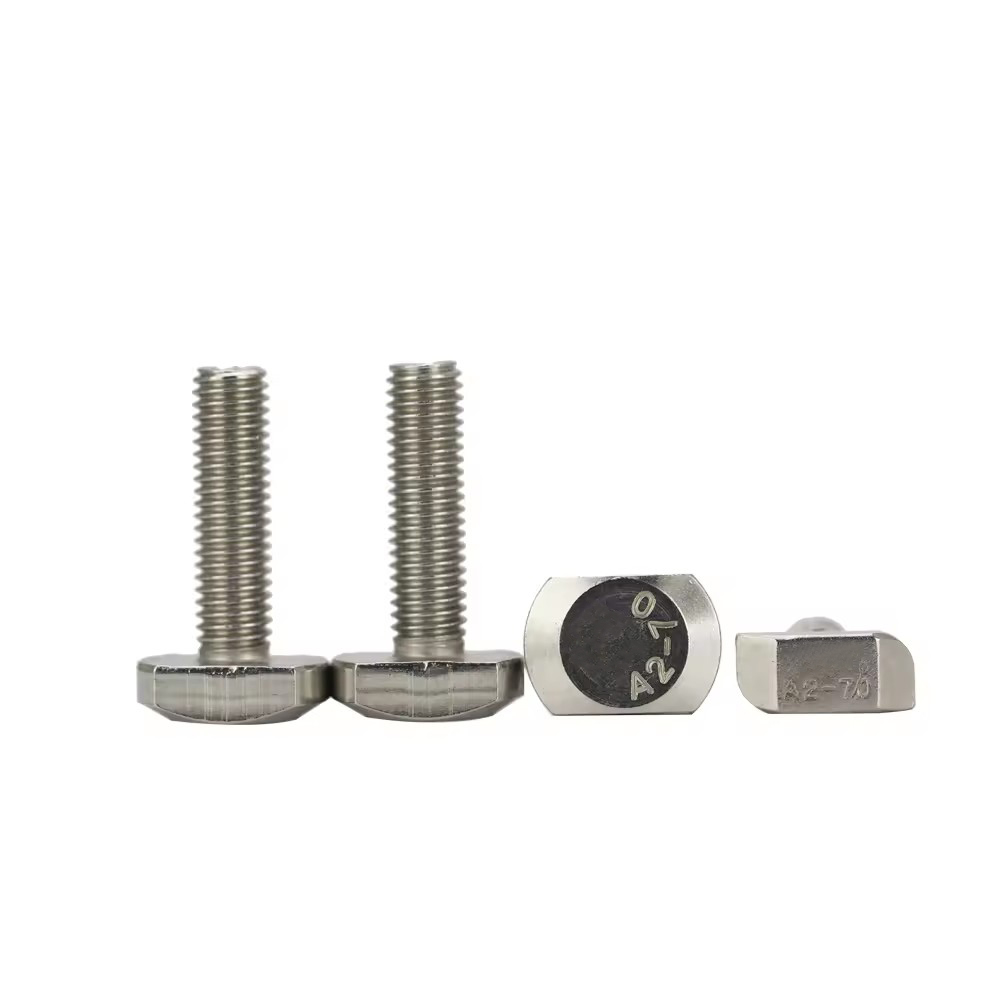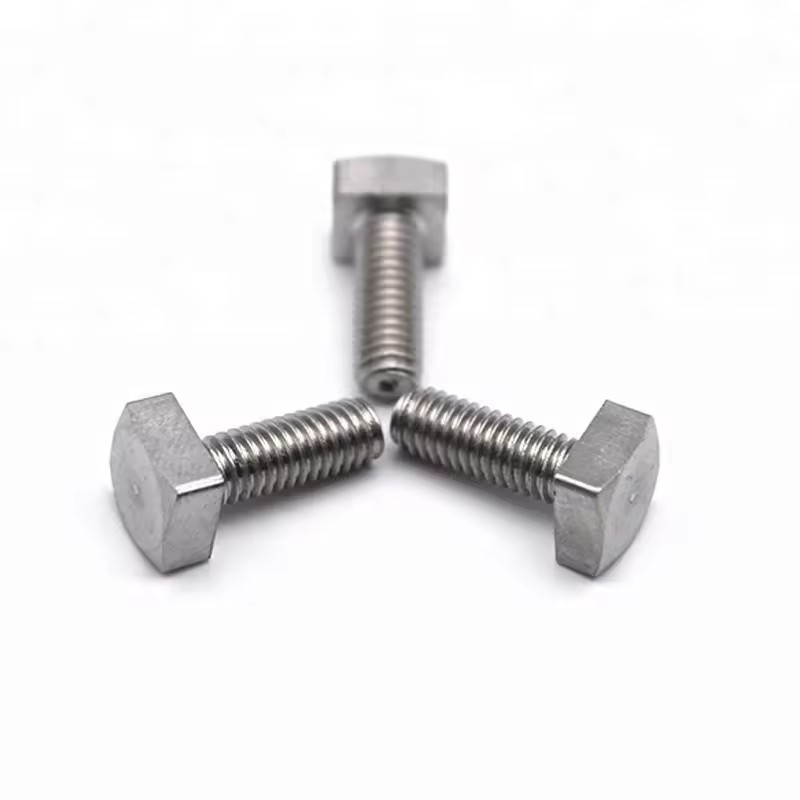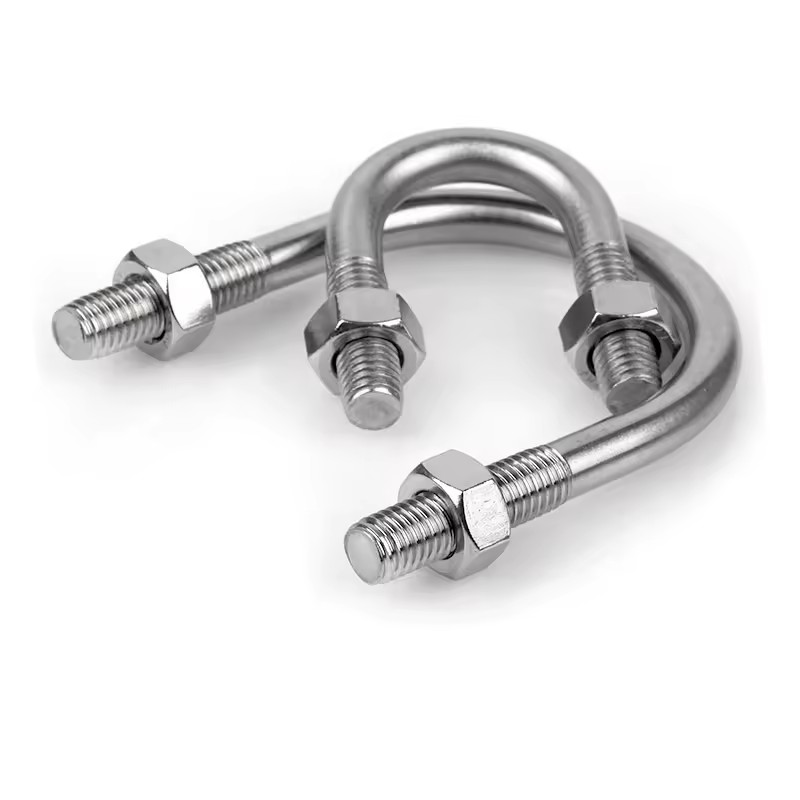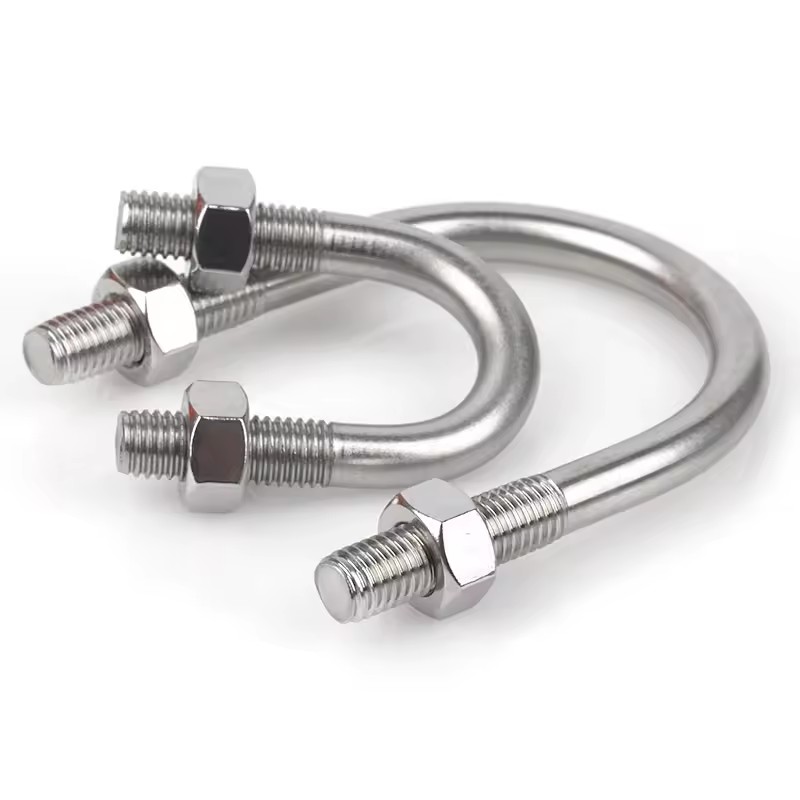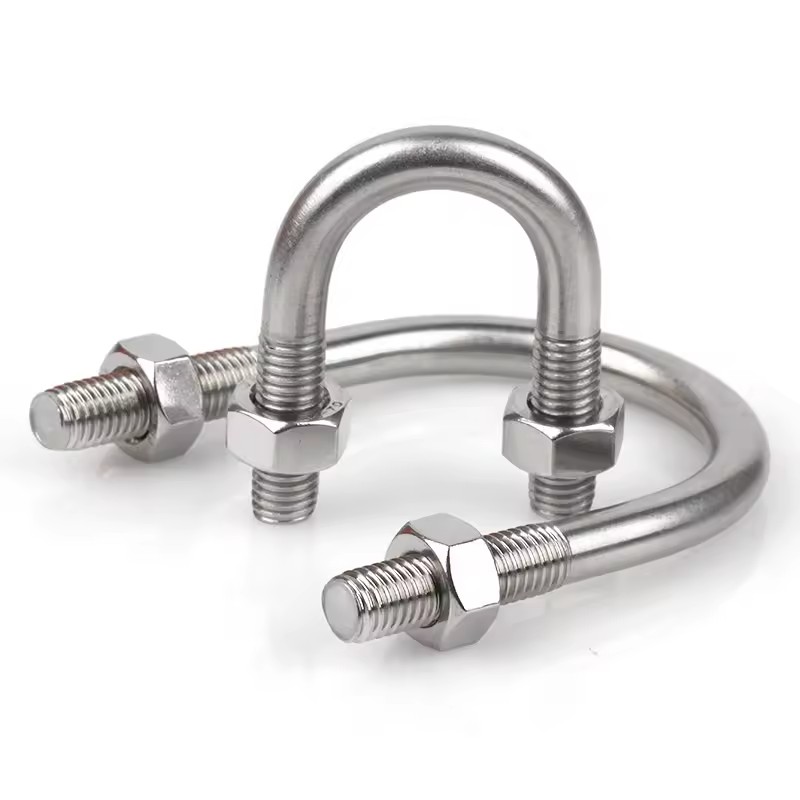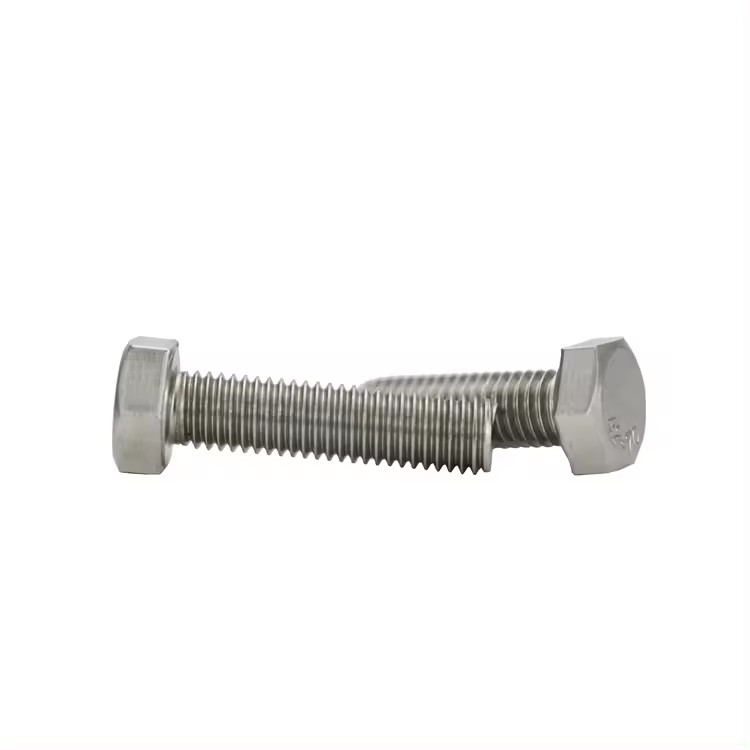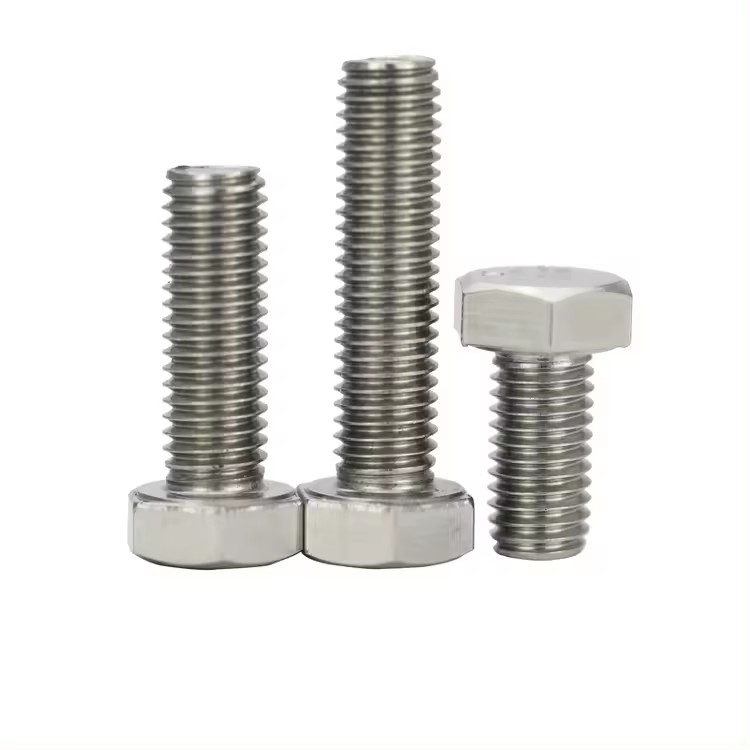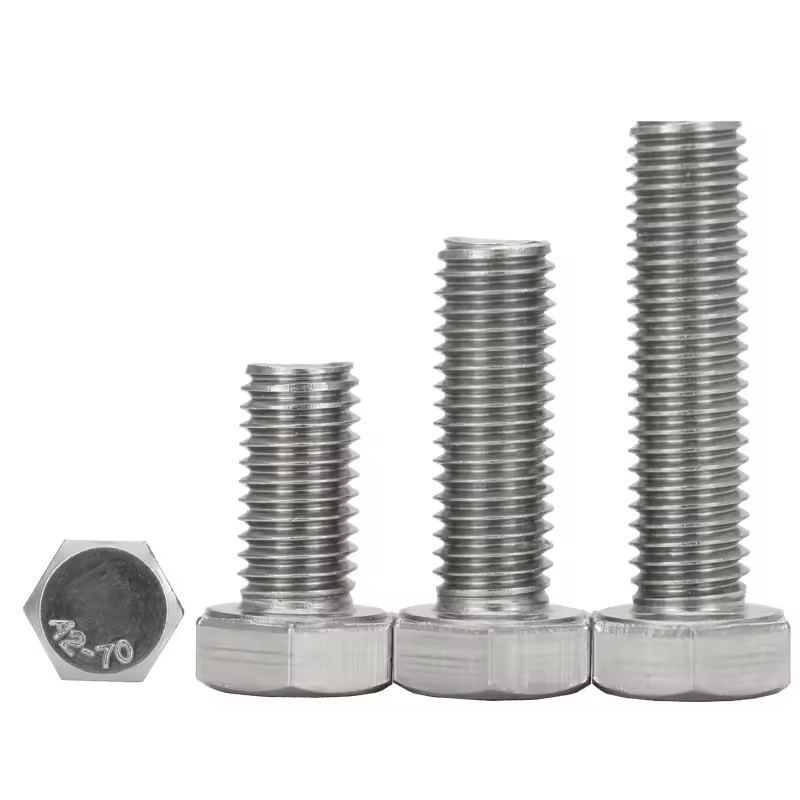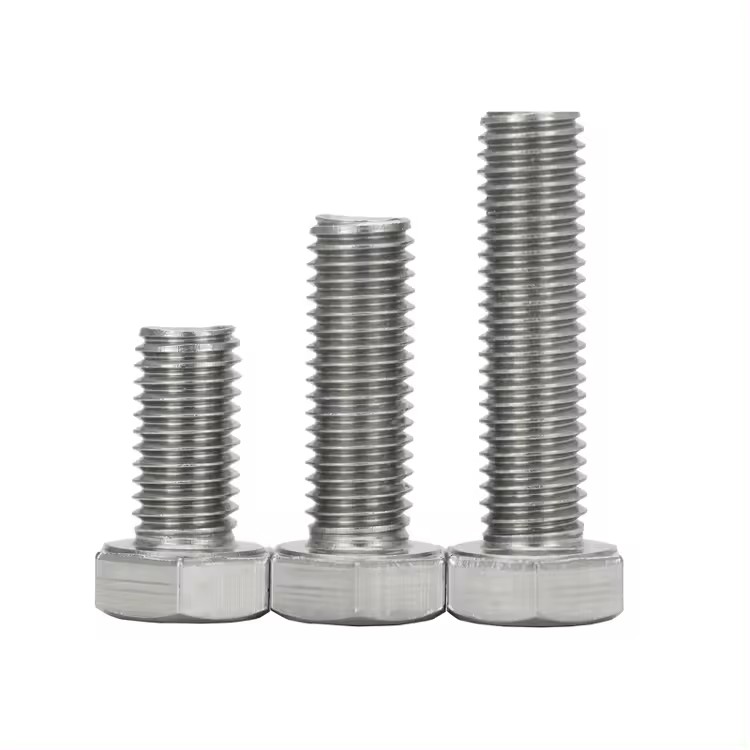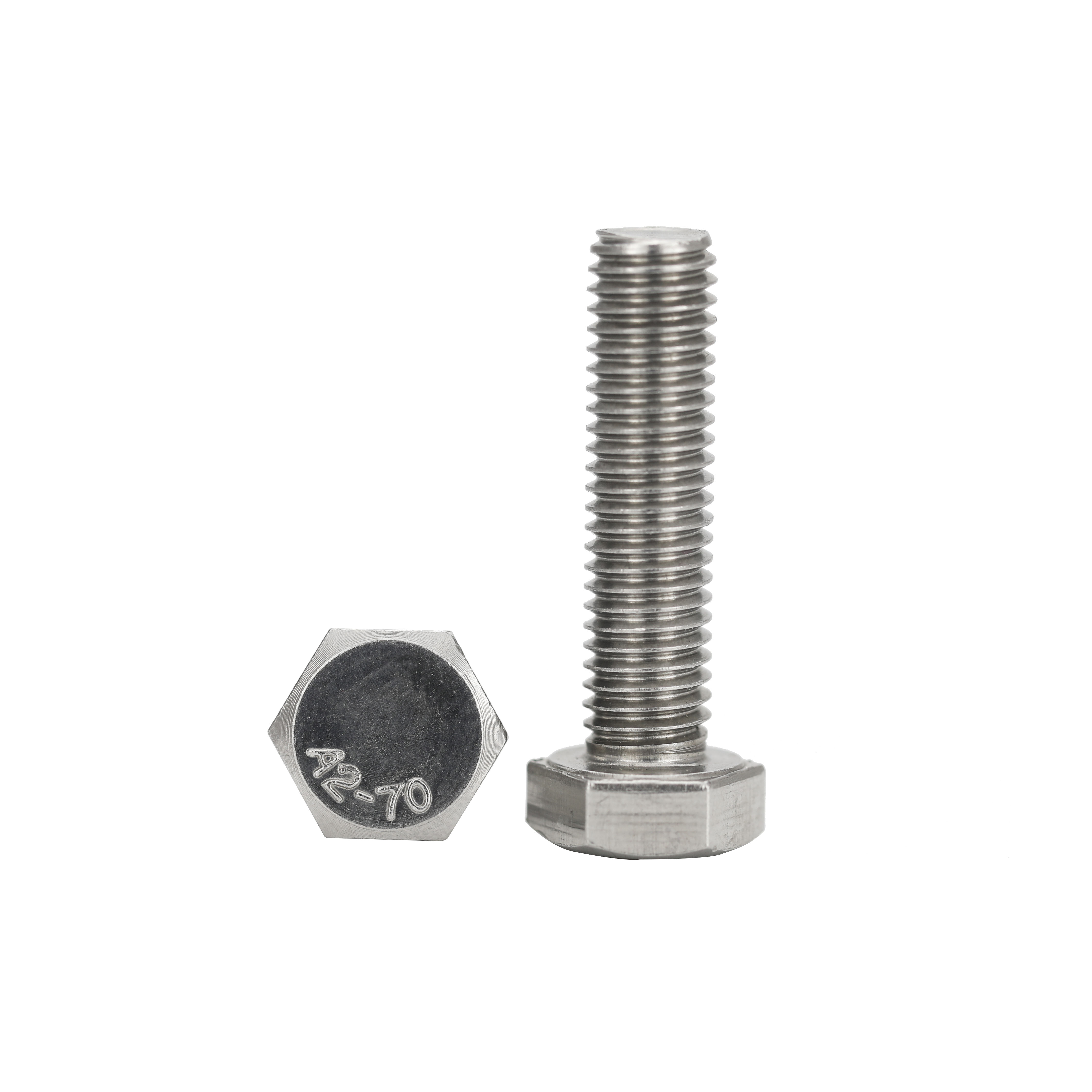In the vast and intricate world of hardware and fastening solutions, few components are as instantly recognizable and deceptively simple as the wing nut. With its distinctive wing-like projections, this humble fastener is a masterpiece of practical design, offering a unique blend of hand-tightening speed, secure clamping force, and reusable simplicity. While often overshadowed by its hex-headed cousins or power-tool-driven alternatives, the wing nut remains an indispensable solution in countless applications, from industrial machinery and theatrical staging to consumer furniture and emergency repairs.
What is a Wing Nut? The Basics of a Tool-Free Fastener
A wing nut is a type of nut with two large, flat metal “wings” projecting from opposite sides of its body. These wings are designed to be gripped between the thumb and forefinger, allowing for rapid tightening and loosening without the need for any tools—no wrenches, no sockets, no spanners. This makes them the quintessential hand-tightened nut for applications that require frequent disassembly or adjustment.
The core anatomy of a standard wing nut includes:
The Wings: The lever-like projections that provide the mechanical advantage for tightening. The larger the wings, the greater the torque that can be applied by hand.
The Body: The central, threaded section that houses the internal threads. This is typically hexagonal or round.
The Threads: The internal spiral that mates with the threads of a bolt or screw, creating the clamping force.
The primary value proposition of a wing nut is its unparalleled fast assembly and disassembly. In situations where time is critical or tools are unavailable, the ability to secure a connection with just your hands is a significant advantage.
The Core Advantages: Strength, Speed, and Simplicity
The title of this article highlights three key attributes. Let’s break down what each means in the context of wing nut functionality.
1. Speed: The Ultimate Tool-Free Fastener
Speed is the most immediate and obvious benefit. The wing design provides a large surface area for grip, enabling users to spin the nut down a thread quickly. This is invaluable in:
High-volume assembly lines where every second counts.
Theatrical and event production for quickly building and striking sets and truss systems.
Temporary fixtures and jigs in workshops.
Emergency repairs in the field where a toolbox might not be on hand.
Consumer applications like assembling flat-pack furniture or securing a baby gate.
The reusable wing nut design means this speed benefit is realized over and over again throughout the product’s lifespan.
2. Simplicity: Elegant and Effective Design
The design philosophy behind the wing nut is the epitome of “less is more.” Its simplicity manifests in several ways:
No Tools Required: This eliminates the risk of misplacing a specialized wrench or driver. The tool is built into the nut itself.
Intuitive Operation: Anyone, regardless of technical skill, can understand how to use one. There is no learning curve.
Low Cost: The simple design and efficient manufacturing process make wing nuts an extremely cost-effective fastening solution.
Visual Confirmation: The prominent wings make it easy to visually identify a wing nut in an assembly, confirming its purpose as a point of adjustment or removal.
3. Strength: Understanding the Clamping Force
This is the attribute that requires the most nuanced understanding. The question “Are wing nuts strong?” doesn’t have a simple yes-or-no answer. Their strength is contextual.
Adequate for Many Applications: For the vast majority of their intended uses—securing access panels, holding light fixtures, clamping non-structural components—a properly sized and installed wing nut provides more than enough fastener strength and clamping force. The strength comes from the tensile strength of the bolt it’s threaded onto and the shear strength of the nut’s material.
Not for Critical Structural Loads: Wing nuts are generally not used in high-stress, high-vibration, or critical structural applications (e.g., automotive brake systems, aerospace frames). The wings can potentially snag on objects or clothing, and it’s possible for an impact to loosen them. For these settings, a locking nut or a castellated nut with a cotter pin is preferred.
Material Matters: Their strength is directly tied to their material. Common options include:
Steel Wing Nuts: Often zinc-plated or chrome-plated for corrosion resistance. These offer good general-purpose strength.
Stainless Steel Wing Nuts: Provide excellent corrosion resistance and decent strength, ideal for marine, food processing, and outdoor applications.
Brass Wing Nuts: Offer good corrosion resistance and are non-magnetic and non-sparking, making them useful in electrical and explosive environments.
Nylon Wing Nuts: Plastic wing nuts are lightweight, corrosion-proof, and provide excellent electrical insulation. They are also vibration-resistant, as the nylon material has a natural locking ability.

Types of Wing Nuts: Choosing the Right Style
Beyond the standard design, several variations have been developed to address specific needs:
Standard Wing Nut: The most common type with two symmetrical wings.
Shoulder Wing Nut: Features a smooth, unthreaded “shoulder” beneath the wings. This provides a precise bearing surface, helps prevent cross-threading, and can act as a spacer.
Cap Wing Nut: Also known as an acorn wing nut, it has a domed top that covers the exposed end of the bolt. This provides a finished, aesthetically pleasing look and protects against snagging and sharp edges—a key consideration for safety in fastening.
Wing Screw / Thumb Screw: While not a nut, this related fastener combines a wing head with a male thread, designed to screw directly into a tapped hole.
Spring Wing Nut: Incorporates a spring to provide constant tension and compensate for vibration, helping to prevent loosening.
Limitations and Proper Installation
To use wing nuts effectively, it’s crucial to understand their limitations and the correct installation technique.
Key Limitations:
Vibration: They can loosen under severe vibration if not secured properly (e.g., with a lock washer).
High Torque Requirements: They cannot be tightened to the same high torque levels as a hex nut with a long wrench.
Snag Hazard: The protruding wings can be a catch point in moving machinery or tight spaces.
Striping: Over-tightening with pliers (gripping the wings) can easily damage the threads or the wings themselves.
Proper Installation Technique for Maximum Grip:
Start by Hand: Thread the wing nut onto the bolt by hand to ensure it’s not cross-threaded.
Finger Tighten: Use your fingers to spin it down until it makes contact with the workpiece.
Final Tightening: For the final tightening, use the palm of your hand to apply pressure and turn the wings. Alternatively, grip the wings between your thumb and fingers and apply firm, even pressure. The goal is a secure, snug fit.
Avoid Pliers: Do not use pliers on the wings unless absolutely necessary, and only if the application is non-critical, as this can damage the nut and void its tool-free purpose.
Common Applications and Use Cases
The unique benefits of wing nuts make them the perfect choice for a wide array of scenarios:
Industrial Equipment: Securing access panels, maintenance hatches, and adjustable guards on machinery.
AV and Stagecraft: Rigging and securing lighting, speakers, and truss systems where quick setup and teardown are paramount.
Furniture and Cabinetry: Used in knockdown (KD) and ready-to-assemble (RTA) furniture for tool-free assembly by the end consumer.
Automotive: Securing air filters, battery terminals (often as a wing bolt), and other components requiring periodic service.
Agricultural Machinery: For adjustments and panel access that need to be made quickly, often with gloves on.
Consumer Goods: Tents, tarps, hobbyist projects, and camping equipment.
Choosing the Right Wing Nut: A Buyer’s Guide
When selecting a wing nut for your project, consider these factors:
Material and Environment: Will it be exposed to moisture, chemicals, or weather? Choose stainless steel or nylon for corrosive environments. Is electrical insulation needed? Choose nylon.
Size and Thread Pitch: This must match the bolt or threaded rod you are using (e.g., 1/4"-20, M6 x 1.0). Refer to standard thread charts.
Required Strength: Evaluate the load on the joint. For light-duty applications, nylon or a smaller steel nut may suffice. For heavier loads, a larger, steel wing nut is necessary.
Aesthetics and Safety: If the fastener will be visible or in a high-traffic area, a cap nut provides a safer, cleaner finish.
Frequency of Use: If it will be removed dozens of times, invest in a quality nut made from a durable material to prevent thread wear.
Conclusion: An Enduring Design for Modern Problems
The wing nut is a testament to the power of intelligent, human-centered design. In a single, simple piece of metal, it embodies the principles of speed, simplicity, and adequate strength for a huge range of tasks. While modern engineering has developed increasingly complex and high-strength fastening systems, the fundamental utility of a component that can be securely tightened by hand remains undiminished.
By understanding what wing nuts are, how they work, their ideal applications, and their limitations, you can confidently leverage this classic fastening solution. It is the ultimate choice for creating strong, reliable, and—most importantly—reusable connections that respect your time and ingenuity. The next time you need a fastener that combines quick action with solid performance, remember the humble wing nut: a perfect blend of form, function, and sheer practical brilliance.


